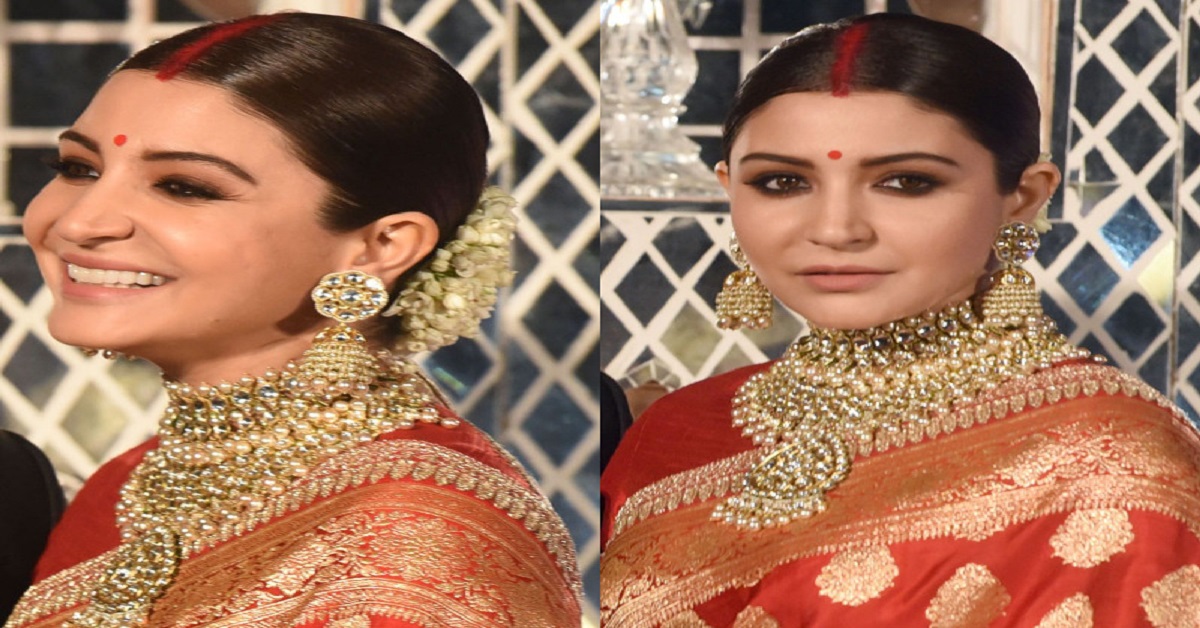
Bindi, in India, a vermilion mark in the parting of the hair just above the forehead is worn by married women as a commitment to long-life and well-being of their husbands. During all Hindu marriage ceremonies, the groom applies sindoor in the part of the bride’s hair.
It is an old Hindu tradition and is known as a bindi, which means “a drop, small particle, and dot.” The word ‘Bindi’ is derived from the Sanskrit word ‘Bindi’ and is associated with a person’s mystical third eye. Although they are rooted in the Hindu tradition, Bindis have transformed over time and have become popular accessories and fashion statements for some people.
The significance of BINDI for a married woman:
If a woman wears a red bindi it shows that she is married and signifies true love and prosperity. Widows in India do not wear bindi normally, but they are allowed to wear a black colored one in Southern India, showing their loss. However, young girls are free to wear bindi of any color.
Hindu tradition holds that all people have a third inner eye; the two physical eyes are used for seeing the external world, while the third focuses inward toward God. As such, the red dot signifies piety as well as serving as a constant reminder to keep God at the center of one’s thoughts.
Changing Significance
The eye-catching bindi is one of the most visually fascinating of all forms of body decoration. Hindus attach great importance to this ornamental mark between the eyebrows – a spot that has been considered a major nerve point in the human body since ancient times.
Modern “BINDI”
In modern times, however, the bindi’s symbolism is no longer strictly adhered to, and it is largely used as a beauty accessory or a part of women’s fashion. Traditionally, the red dot is made of cow blood and dirt; yet even this has changed. Now, most Hindu women prefer to wear a jewel in its place.
The modern dot knows no gender limits either: men, as well as women, can wear it. Some modern men wear it on auspicious occasions such as for ritual worship or a wedding, on festive occasions, or while embarking on or returning from a voyage or a campaign. In contrast, the tradition of men wearing the tilaka has faded in recent times – now a lot more women than men sport that decoration.
https://www.eastcoastdaily.in/2018/01/09/cat-2017-20-yr-old-surat-boy-tops-with-100-percentile/

Post Your Comments